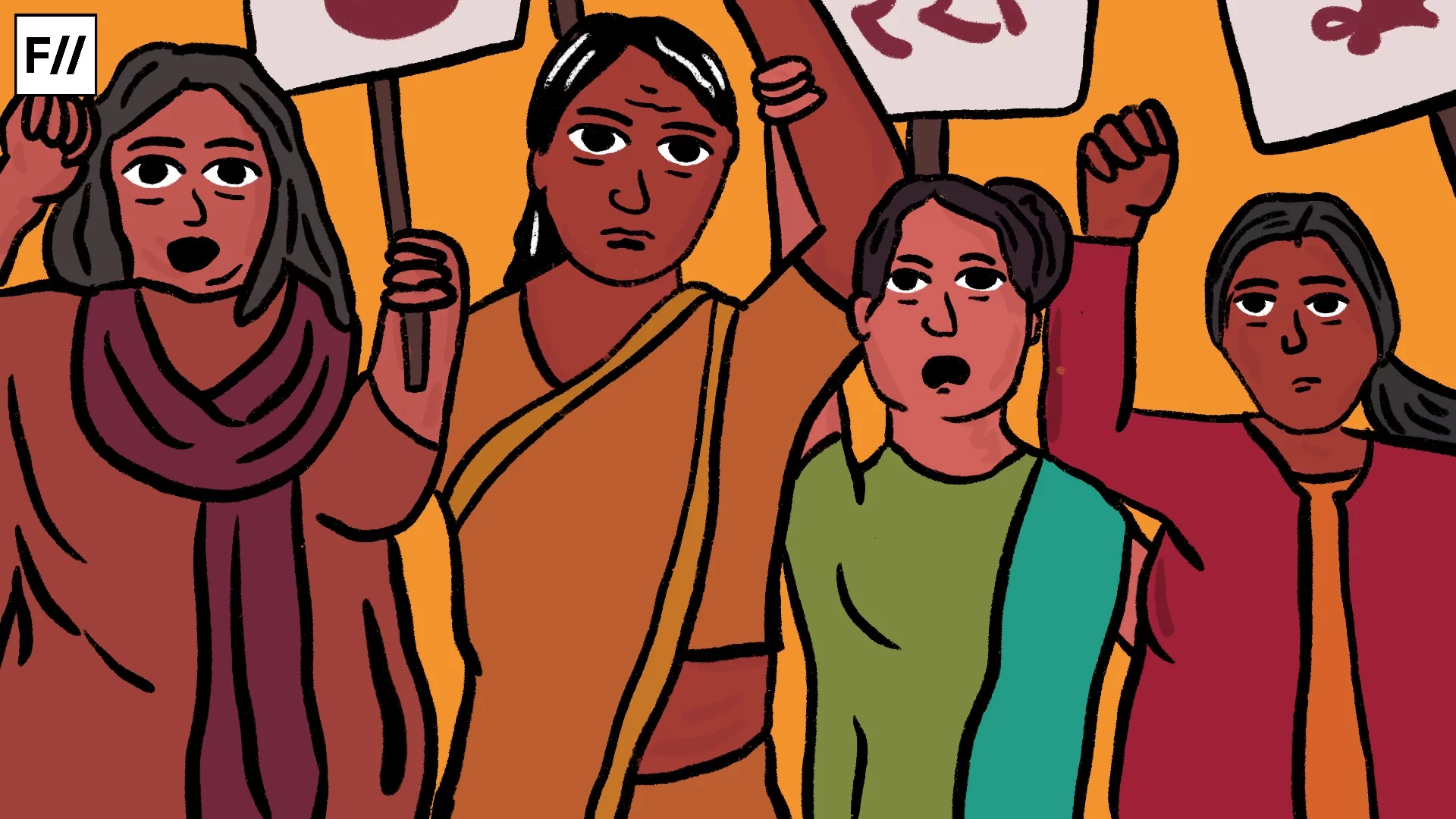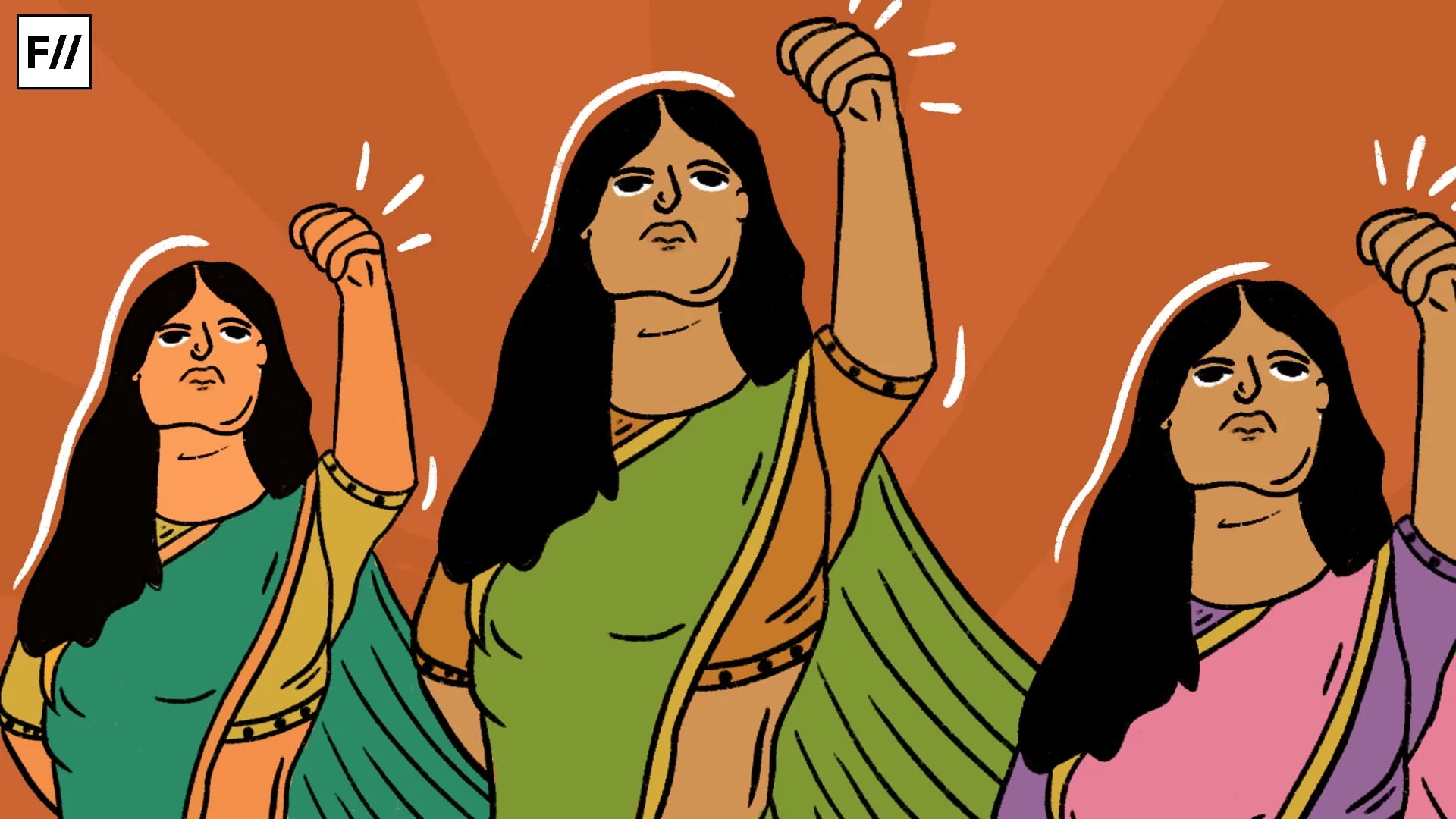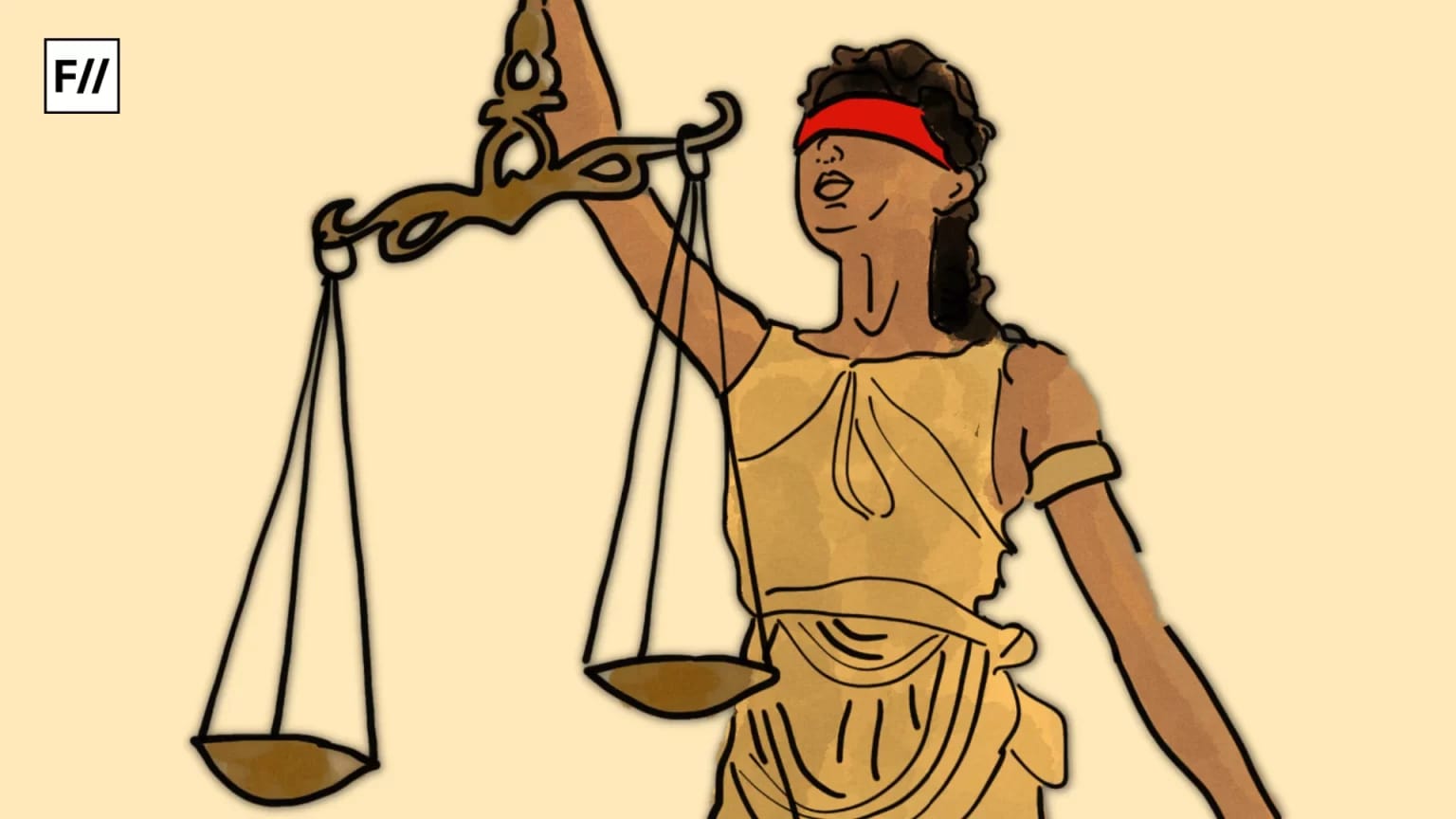The Peace of Westphalia, 1644, led to the birth of nation state. Therefore the concept of national boundaries and their relations to existing neighbouring nations states came into existence. These were regularised by making various national policies which decided how nation states will behave with each other. These interactions are known as foreign policies. These policies are adopted on every front whether social, economic or political. Since Sweden adopted Feminist Foreign Policy in 2014, a global surge has been seen towards the endorsement of feminist and women led foreign policy.
Since Sweden adopted Feminist Foreign Policy in 2014, a global surge has been seen towards its endorsement.
Understanding women-led and feminist foreign policy is essential before moving to the core of the argument. As stated by Thompson et al (2020) ‘Feminist foreign policy is the policy of a state that defines its interactions with other states, as well as movements and other non-state actors, in a manner that prioritizes peace, gender equality and environmental integrity; enshrines, promotes, and protects the human rights of all; seeks to disrupt colonial, racist, patriarchal and male-dominated power structures; and allocates significant resources, including research, to achieve that vision. Feminist foreign policy is coherent in its approach across all of its levers of influence, anchored by the exercise of those values at home and co-created with feminist activists, groups and movements, at home and abroad’.

After its implementation in Sweden, countries such as Canada (2017), France (2019), Mexico (2020), Spain (2021), Luxembourg (2021), Germany (2021) and Chile (2022) have adopted the FFP framework in external actions of their state policy. Whereas, its blueprint can be seen much before its emergence in 21st century.
The torchbearer who paved the way in the manifestation of Feminist Foreign Policy (FFP) and advocated for it was Dr. Hansa Mehta
The torchbearer who paved the way in the manifestation of Feminist Foreign Policy (FFP) and advocated for it was Dr. Hansa Mehta. She was the Indian representative to the United Nations Human Rights Commission from 1947-1948 demonstrated fortitude and argued to change Article 1 of the Universal Declaration of Human Rights. The amendment changed the original statement ‘All men are born free and equal’ to the more sensitised and inclusive phrase ‘All human beings are born free and equal.’
Further tracing the advocacy of FPP in context of India, Ranjana Kumari, Director of the Centre for Social Research, argued for the integration of a more gender-inclusive approach as well as the adoption of a Feminist Foreign Policy (FFP) framework in a symposium held on gender mainstreaming in India’s foreign policy. She quoted in the seminar that many are moving toward its endorsement and some have already adopted this paradigm, implying that India might benefit from adopting a feminist foreign policy as well.
South Asian or global south perspectives
In the last century, the South Asian region has made a huge shift as a region of global South societies coming forth as an emerging voice of strong independent activism. South Asian Feminist Foreign Policy (SAFFP) is a great example of peace-building efforts taken at grass root level in Afghanistan, Myanmar and Sri Lanka which were back then indulging in civil wars and were war torn.

It has played a pivotal role by becoming a global voice and collective representation of South Asia, concerning the involvements of women in peace-making processes and war treaties. SAFFP claims that experts in the field of IR must assess socio-cultural, economic, and political situations and look more holistically via an intersectional gendered lens. This approach is thought necessary for developing a more comprehensive grasp of the gender-specific consequences and reactions to both existing and emerging realities.
Peace-making and women: revisiting northeast India
To bring forth a concrete base to the argument, an instance has been drawn from the northeast. Northeastern society is considered to be one of the most unstable society in India due to perpetual armed conflict, insurgencies and ethnic disputes. For decades, this area has been affected by political unrest leading to prolonged negotiations and treaties with the state which proved to be unfruitful. These prevailing situation affected the societal progress of the region and hurdled the overall holistic development of the northeast.
Women in the region has played a distinctive role through ground activism and often acted as a mediator between the state and its subjects in restoring peace. Naga Mother’s Association (NMA) formed in 1984, significantly known for its motto ‘Shed No More Blood’ emerged as a prominent civil society organisation led by women. Not only limiting to social issues but diligently conciliated between Nationalist Socialist Council of Nagaland and Indian Government in the ceasefire of 1997. Beside NMA, there were numerous organisations created by women groups such as Naga Women’s Union of Manipur (NWUM) and Meira Paibis. The existence of such organisations has proved the women potential in addressing security issues and diverse peacebuilding approaches without any organisational and governmental support.
Women can offer more
Political Scientist and Scholar J. Ann Tickner argued for the invisibility of women in the disciple of IR and targeted the heavy ‘maleness’ and ‘hegemonic masculinity’. She quoted that women are not a strong factor in the discipline, and knowledge gained from women’s experiences also remains at the periphery of the discipline’s analysis.

The depiction of women in dominant culture is thoroughly a misconception that women commonly ignore interactions with what are typically defined as “hard” security and trade problems and prefer to focus on comparably “soft” topics. However, contemporary dichotomy dispute the distinction between hard and soft concerns, noting that a variety of challenges, such as health, human rights, women and child trafficking, economic and political migration, and war, jointly contribute to a nation’s overall security. With these developing notions, it is essential to include women’s perspectives in talks about these multidimensional concerns.
Women representation has increased in every aspect of International relations. It is seen that women have occupied a much larger spaces in foreign affairs and state interactions. For example, in International organisations like UN women representation has gradually increased. In UN headquarters to 49.5% , In US Parliament it has increased to 59% over a decade, In Indian Parliament (Lok Sabha) it has increased from 5% to 15%.
In situations of conflict and in the aftermath of the peace-making process, the data states that only 1.2% of women internationally apportion power with few positions offered in decision-making bodies.
In situations of conflict and in the aftermath of the peace-making process, the data states that only 1.2% of women internationally apportion power with few positions offered in decision-making bodies. The existing male stream paradigm of IR has overshadowed women ever since established and continues to impede the integration of women.. The consumed hegemonic masculinity in organisations has exhibited detrimental consequences for humanitarian causes and organisational efficacy. For instance, reports indicate that in the places where UN Peacekeeping forces operated and in function, found perpetrating sexual violence.
Moreover, a parallel network of human trafficking specifically of women is normalised after the deployment of UN Peace-making forces. The prevailing situation is alarming and needs to be restructured to the core through inclusivity and a substantial augmentation of women’s representation within these institutions.
References:
Rathore, K. S. (2021). Excavating hidden histories: Indian women in the early history of the United Nations. In Women and the UN (pp. 39-54). Routledge.
Chenoy, A. (2023). South Asian Women and the Gender Issues in International Relations. In South Asian Women and International Relations (pp. 23-32). Singapore: Springer Nature Singapore.
Khullar, A. (2023). Re-envisioning South Asia’s Foreign Policy from a Feminist Perspective. In South Asian Women and International Relations (pp. 105-131). Singapore: Springer Nature Singapore.
Kumari, R. (2018). Creating political space for women in south asia. Gender and Politics, 77.
Dutta, P. (2018). The journey of women from victim to peace-maker: women, insurgency and Northeast India. Space and Culture, India, 6(3), 46-60.
Manchanda, R., & Kakran, S. (2017). Gendered power transformations in India’s Northeast: Peace politics in Nagaland. Cultural Dynamics, 29(1-2), 63-82.
Tickner, J. A. (2004). Feminist responses to international security studies. Peace review, 16(1), 43-48.
Khillare, T. The Feminist Foreign Policy Agenda: What is It and Why Should India Engage with It?.
Byrne, S., & McCulloch, A. (2012). Gender, representation and power-sharing in post-conflict institutions. International Peacekeeping, 19(5), 565-580.
Moncrief, S. (2017). Military socialization, disciplinary culture, and sexual violence in UN peacekeeping operations. Journal of Peace Research, 54(5), 715-730.






Thought you might be interested in the book that Susan Markham and I co-authored on feminist foreign policy — please check it out. https://www.amazon.com/Feminist-Foreign-Policy-Theory-Practice/dp/1032281669/ref=tmm_pap_swatch_0?_encoding=UTF8&qid=&sr=